- Read & Observe
- Read the Australian Bush section of I See a Kookaburra! aloud.
- Show the illustration and ask, “What animals can you find?”
- Encourage students to describe each animal’s external features (e.g., fur, feathers, claws, tails).
- Explicit Teaching
- Select one or more animals to explore in depth.
- Introduce new vocabulary (e.g., beak, marsupial, crest…).
- Discuss how these features help the animals survive in their environment.
- Guess the Animal Game
- Say clues aloud (e.g., “I’m a bird, so I have wings, brown and white feathers, a large beak, two legs, and very sharp claws… Who am I?”).
- Students listen carefully, guess the correct animal, and explain their reasoning.
- Match the clues to the corresponding animal in the book or on a visual display.
Who am I?
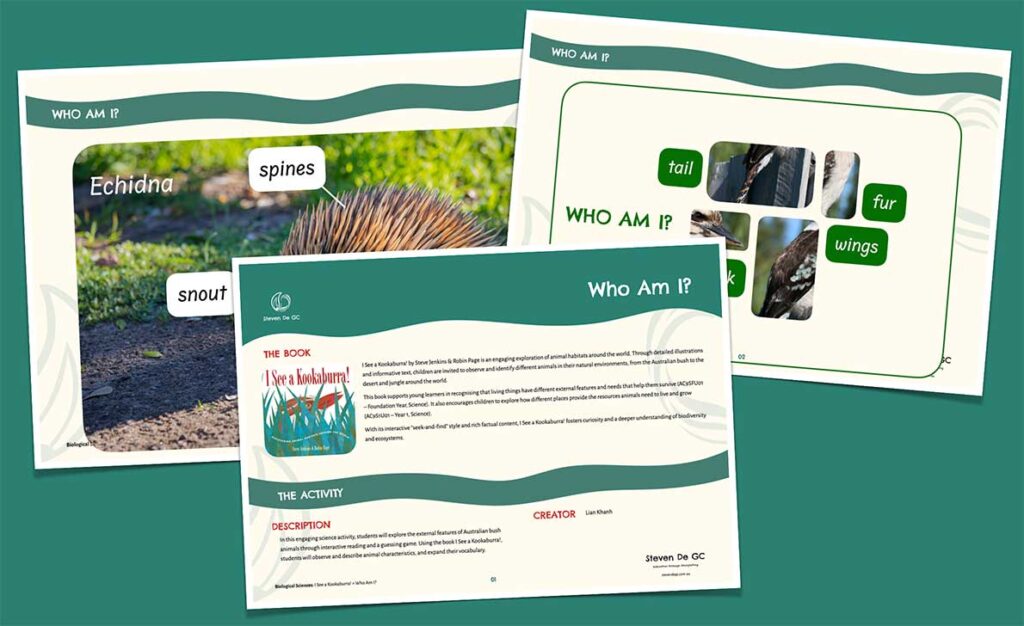
The Book
I See a Kookaburra!
Written by Steve Jenkins, illustrated by Robin Page, published by Houghton Mifflin Children
I See a Kookaburra! by Steve Jenkins & Robin Page is an engaging exploration of animal habitats around the world. Through detailed illustrations and informative text, children are invited to observe and identify different animals in their natural environments, from the Australian bush to the desert and jungle around the world.
This book supports young learners in recognising that living things have different external features and needs that help them survive (AC9SFU01 – Foundation Year, Science). It also encourages children to explore how different places provide the resources animals need to live and grow (AC9S1U01 – Year 1, Science).
With its interactive “seek-and-find” style and rich factual content, I See a Kookaburra! fosters curiosity and a deeper understanding of biodiversity and ecosystems.
Resource creator
Lian Khanh
Subject
Level
Description
In this engaging science activity, students will explore the external features of Australian bush animals through interactive reading and a guessing game. Using the book I See a Kookaburra!, students will observe and describe animal characteristics, and expand their vocabulary.
Learning Intentions
• We are learning to identify and describe the external features of Australian bush animals.
Successful Criteria
✅ I can identify animals in the Australian bush illustration and describe their features.
✅ I can correctly name the animals by listening to their description about external features and colours.
Curriculum Alignment
AC9SFU01 9.0 (Science Foundation): Observe external features of plants and animals and describe ways they can be grouped based on these features
• observing fruits and vegetables and identifying them as parts of plants such as roots, flowers, fruits or leaves
• recognising humans as animals, describing external features of humans and exploring similarities and differences compared with other animals
• using magnifying glasses or digital cameras to observe and identify external features of plants including seeds, flowers, fruits and roots, or of animals such as eyes, body covering, legs and wings
• sorting collections of model animals and explaining different grouping strategies
• recognising First Nations Australians’ use of observable features to group living things
• exploring how First Nations Australians’ observations of external features of living things are replicated in traditional dance
Materials
- I See a Kookaburra! book
- Who Am I cards (pdf)
Instructions
Downloads
| Free Version | Paid Version | |
|---|---|---|
| Material contents | Limited | Full access |
| Instructions | Not included | Included |
| Redownloads | 5 per download | Unlimited |
| Download | FREE DOWNLOAD | BUY WITH |




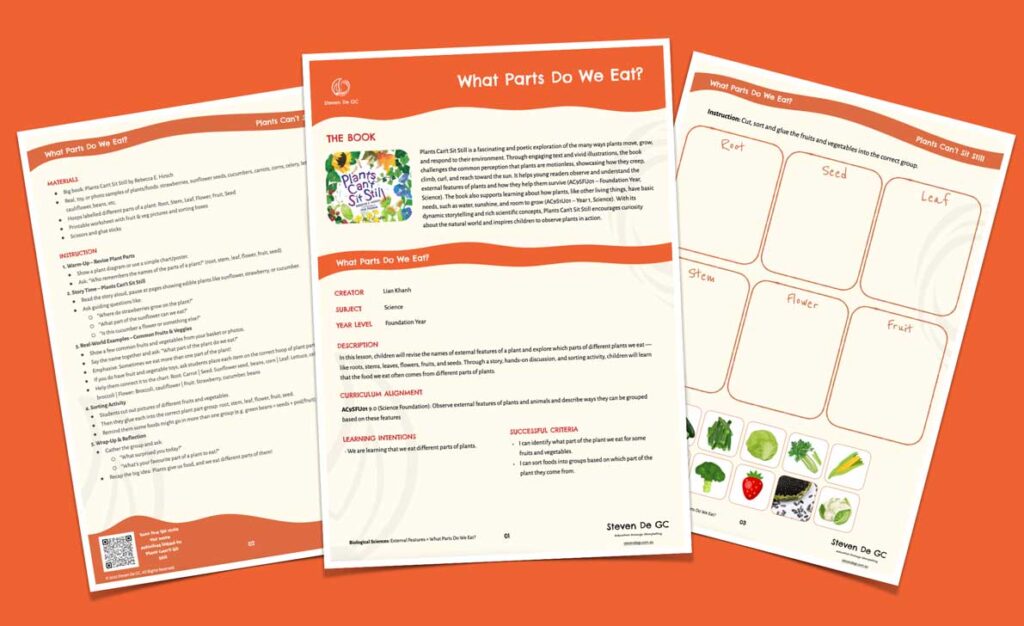
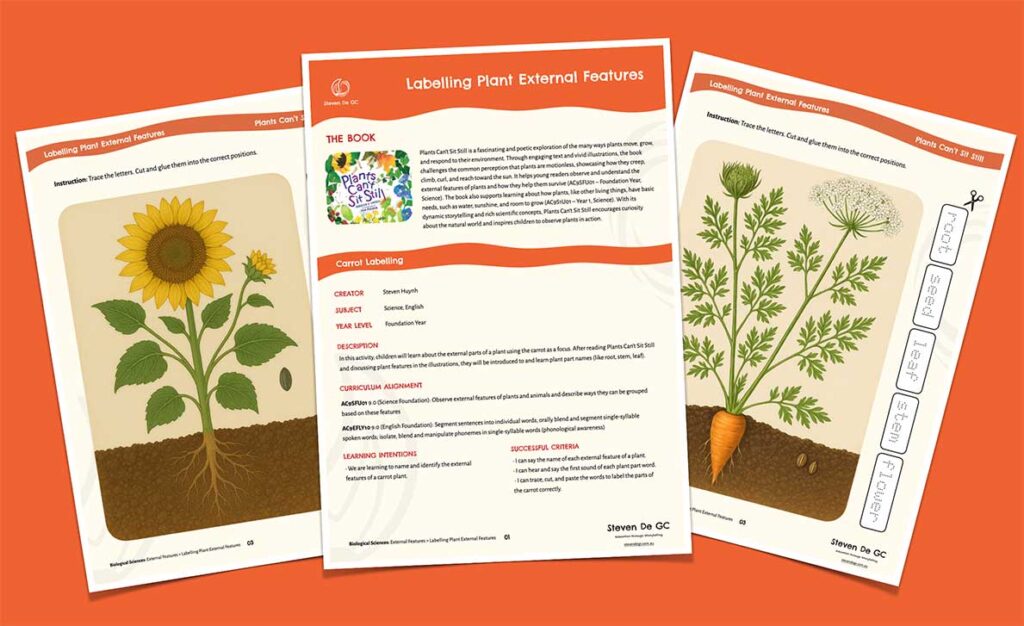


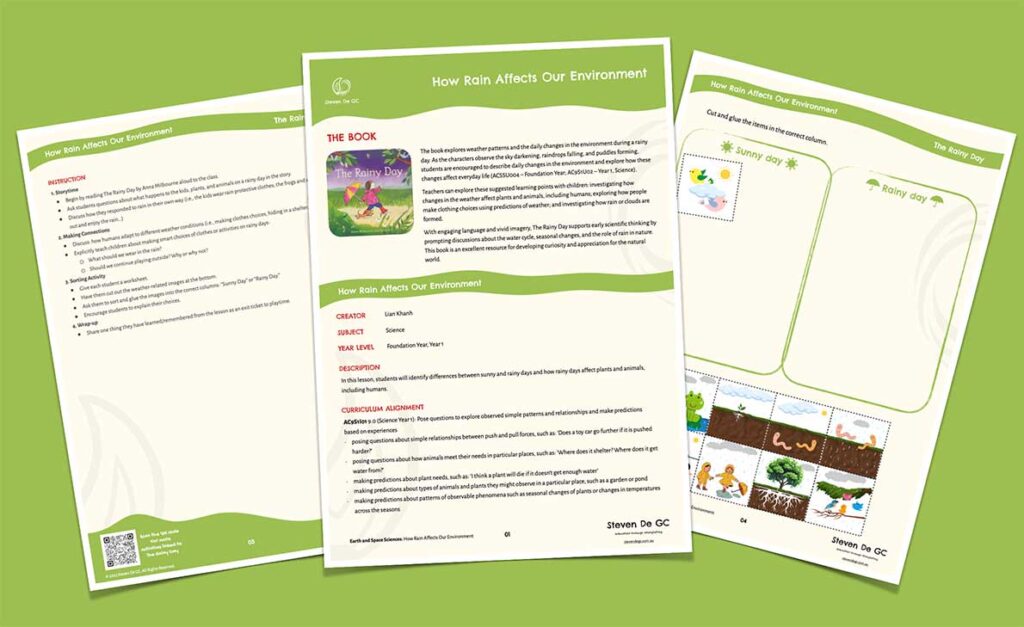
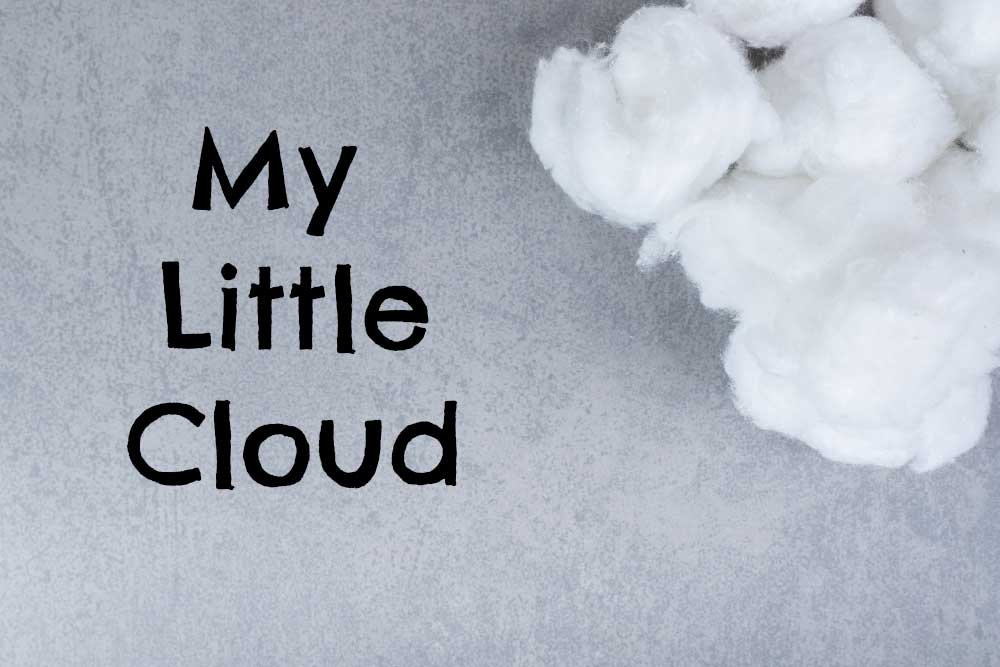
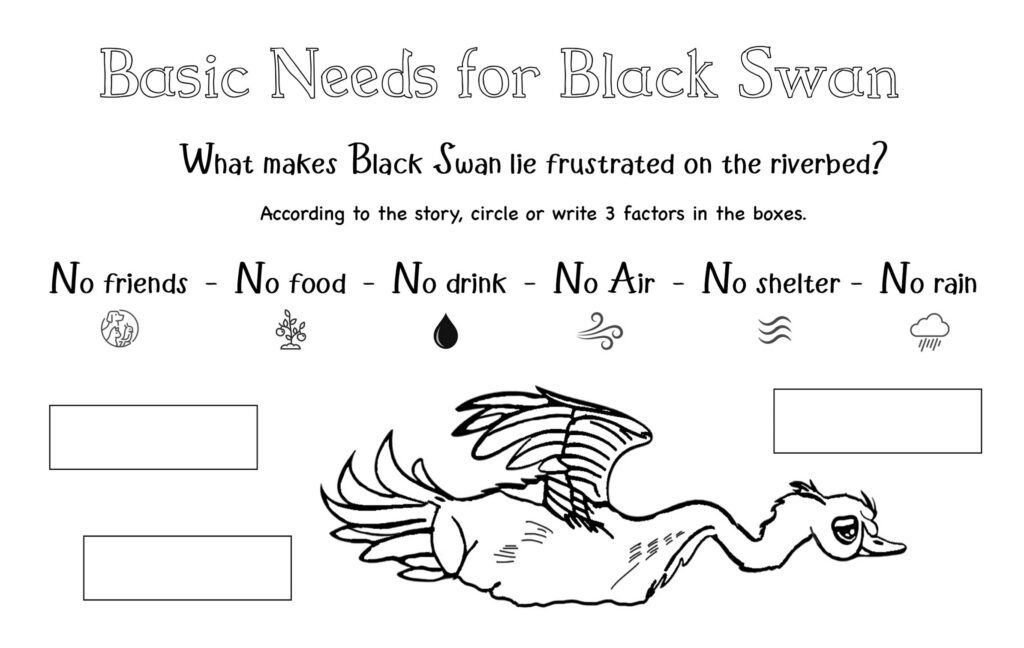
Leave a Reply